Selecting the right elastic webbing for your product requires balancing functionality with brand identity. As product developers and brand manufacturers know, finding webbing that not only performs technically but also aligns with your product’s visual appeal can be challenging. With over 15 years of experience manufacturing custom webbing solutions, we’ve helped hundreds of brands achieve perfect color coordination in their elastic jacquard webbing components.
Yes, jacquard elastic webbing can be custom colored to match any Pantone color code with 95-98% accuracy. This customization extends to both the base webbing and the jacquard pattern elements, allowing for contrasting or complementary designs. Our manufacturing process accommodates single-color, multi-color, and gradient patterns while maintaining 85-90% elasticity and color-fastness that withstands 30+ wash cycles according to ISO 105 standards.
Learn the full custom coloring process for jacquard elastic webbing—from material selection to production timelines—plus key technical tips for performance, fashion, or industrial applications.
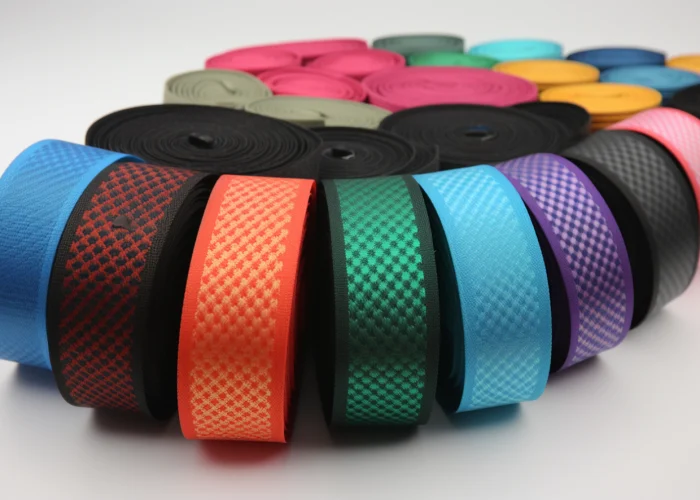
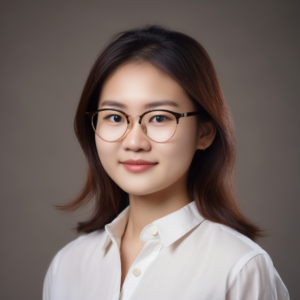
Webbing manufacturing expert with 15+ years of experience helping product developers build high-performance straps for industrial, medical, and outdoor use.
Jacquard elastic webbing is available in standard colors, custom Pantone matches (95-98% accuracy), multi-color patterns (up to 6 colors), and special effect yarns including metallic, fluorescent, and iridescent options.
Our standard color palette includes over 40 pre-developed colors that require no additional development time or setup fees. These colors have been optimized for colorfastness and consistency across production runs, making them ideal for recurring orders or tight production timelines.
For brands requiring exact color matching, our Pantone matching system can reproduce nearly any color in the spectrum. This service is particularly valuable for maintaining brand identity across different product components. Our technical team uses specialized dye formulations and controlled process parameters to achieve the closest possible match to your specified Pantone codes.
Multi-color jacquard patterns offer the most design flexibility, with possibilities ranging from simple two-tone designs to complex patterns incorporating up to six distinct colors. The jacquard weaving technique allows for precise pattern placement and clear color definition, even in intricate designs.
Custom color process for jacquard elastic webbing follows six steps: consultation, color formulation, sample development (3-5 variations), refinement, production sample confirmation, and full-scale manufacturing with ±2.5% color consistency.
During the initial consultation, our technical team discusses your specific requirements, including intended application, exposure conditions, and brand guidelines. This information helps determine the appropriate base materials and dye types for optimal performance.
The color formulation stage involves our color specialists using specialized software to develop precise dye recipes. For Pantone matching, digital color analysis ensures the highest possible accuracy before any physical samples are produced.
Sample development is a critical phase where multiple variations are created to account for different lighting conditions and material interactions. We typically provide 3-5 slightly different variations of your requested color to allow for selection under your specific usage conditions.
After receiving your feedback on initial samples, our team refines the formulation to address any concerns about hue, saturation, or brightness. This refinement stage may require 1-2 additional sample rounds for precise matching.
Before proceeding to full production, a final production sample is created using the exact materials and processes that will be employed in mass manufacturing. This confirmation sample serves as the standard against which all production will be measured.
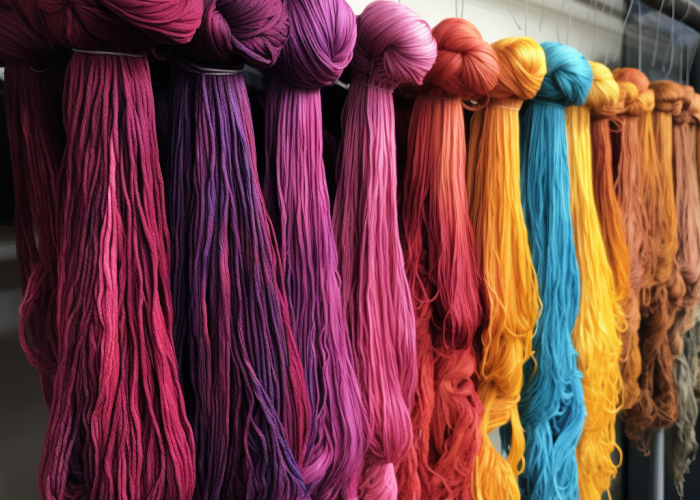
When ordering custom colored jacquard webbing, provide Pantone codes (TPX/TCX), physical samples, application environment details, performance requirements, and stretch specifications to ensure optimal color and functional properties.
Pantone color references are the most reliable starting point, particularly TPX or TCX codes designed specifically for textiles. These standardized codes ensure consistent communication about color expectations and serve as an objective reference point for quality control.
Physical color samples, such as swatches, existing products, or other components that will be used alongside the webbing, provide valuable reference points beyond digital or printed color specifications. Our color matching experts can analyze these samples to determine precise formulations.
Application environment details significantly impact color selection and treatment. For outdoor applications, UV-resistant dyes and treatments can be recommended, while medical or skin-contact applications might require hypoallergenic formulations.
Performance specifications should include wash cycle requirements, chemical resistance needs, and temperature exposure ranges. These factors influence not only dye selection but also fixation methods to ensure colorfastness under specific conditions.
Color matching for jacquard elastic webbing achieves 95-98% Pantone accuracy under standard lighting with ΔE values below 1.0 for critical colors and batch-to-batch variation within ±2.5% through spectrophotometer measurement.
The nature of textile dyeing introduces inherent challenges compared to solid surfaces or printed materials. Factors affecting ultimate color appearance include fiber composition, texture, and light reflection properties of the woven structure. Natural fibers typically show slightly more variation than synthetic materials.
Our color evaluation follows textile industry standards using CIE Lab* color space measurements under standardized lighting. This scientific approach ensures objective assessment of color accuracy beyond visual inspection alone.
For high-profile brands with strict color requirements, we can implement enhanced quality control procedures that further reduce acceptable variation thresholds. This premium service includes additional testing points throughout production and more frequent evaluations against control standards.
While perfect matches are always the goal, slight variations may be more noticeable in certain color families. Blues and reds typically achieve the highest consistency, while yellows and certain greens may exhibit slightly more variation due to the chemical properties of these dye families.
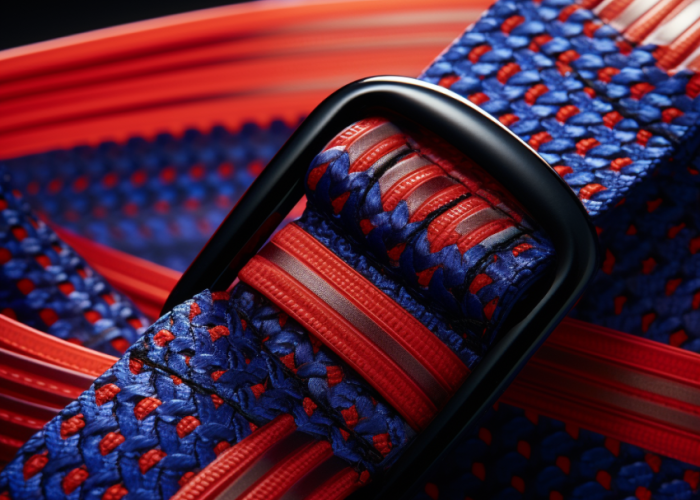
Material composition directly affects jacquard webbing color performance: polyester offers 90-95% color retention with 30-40% stretch, nylon provides richer tones with 80-85% retention and 40-50% stretch, while rubber components allow 75-100% stretch but only 70-75% color retention.
Polyester fibers feature a smooth, non-porous surface that resists dye penetration but provides excellent color consistency once properly heat-set. This makes polyester ideal for applications requiring vibrant, long-lasting colors but with moderate stretch requirements.
Nylon’s semi-porous structure allows for deeper dye penetration, resulting in richer color saturation but slightly lower colorfastness than polyester. The natural affinity between nylon and acid dyes makes this material excellent for achieving complex colors and subtle shades.
Elastic components (rubber, spandex, lycra) generally accept limited direct dyeing and typically remain their natural color within the webbing structure. Their presence in higher percentages reduces the overall surface area that can be colored, potentially affecting color intensity in high-stretch applications.
Color fastness in jacquard elastic webbing is affected by five key factors: dye class selection, fixation method, fiber composition, post-treatment processes, and environmental exposure conditions including UV light, washing frequency, and chemical contact.
Dye selection is perhaps the most critical decision, with reactive dyes offering superior colorfastness for cellulosic fibers and acid dyes performing best on nylon. Disperse dyes, used primarily for polyester, provide excellent wash fastness but may have limitations in light fastness for certain shades.
Proper fixation through heat-setting, steam processing, or chemical agents ensures that dyes form permanent bonds with fiber molecules. Insufficient fixation is the leading cause of color bleeding and fading in elastic webbing applications. Our manufacturing process includes optimized fixation parameters for each material and dye combination.
Post-treatment processes such as washing, softening, and applying protective finishes significantly impact long-term color stability. Our standard production includes a specialized washing sequence that removes unfixed dye particles and strengthens the bond between remaining dyes and fibers.
For applications with extreme exposure conditions, specialized treatments including UV inhibitors, anti-microbial agents, and water-repellent finishes can be applied without compromising color vibrancy. These treatments add protection layers that shield dye molecules from degradation factors.
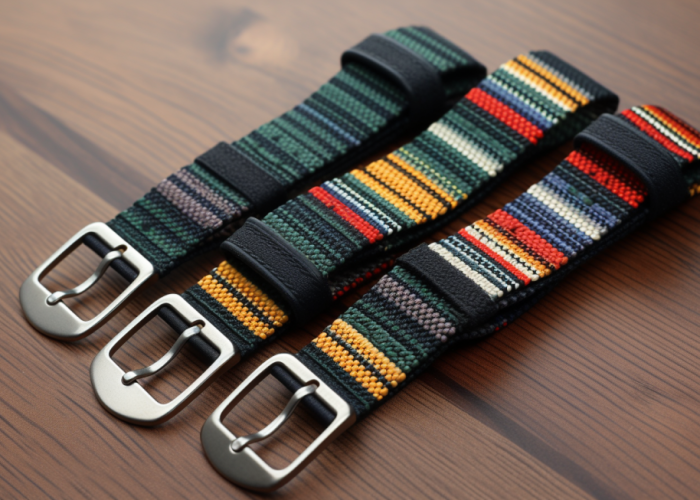
Minimum order requirements for custom colored jacquard elastic webbing are 500 meters per color for standard widths (25-50mm), 1,000 meters for narrow widths (10-24mm), and 300 meters for wide webbing (51-100mm), with setup fees of $120-300 depending on complexity.
These requirements reflect the technical considerations of dye preparation, machine setup, and quality control processes necessary to achieve consistent results. For recurring orders, these minimums ensure economic feasibility while maintaining color consistency across production runs.
For product development and sampling purposes, we offer a specialized small-batch service with minimums of 100 meters per color. While this option carries a higher per-meter cost, it allows designers and product developers to test colors in actual production environments before committing to full production quantities.
Multi-color jacquard patterns require separate consideration, with minimums calculated based on the total number of colors incorporated into the design. Generally, each additional color requires an increase of approximately 100 meters to the base minimum order quantity.
For large-scale production needs exceeding 5,000 meters, we offer volume-based pricing discounts and reduced setup fees for subsequent orders of the same color specifications. This tiered approach supports both small-batch specialty manufacturers and large-scale production requirements.
Custom color development for jacquard elastic webbing takes 7-10 business days for standard development, 12-15 days for complex colors with multiple revision rounds, and 4-5 days for expedited service (35% premium) from initial request to final sample approval before production begins.
The timeline breaks down into several key phases. Initial color formulation typically requires 2-3 business days, during which our color technicians develop the preliminary dye recipes based on your specifications. This process involves both computer-aided color matching and manual adjustments by experienced specialists.
Sample production follows, taking 3-4 business days to create physical samples on the actual materials. This critical step reveals how theoretical color formulations perform on specific fiber blends and under different lighting conditions. For complex or unusual colors, this phase may require additional time to achieve desired results.
Shipping samples for client approval introduces variable time factors depending on your location. We recommend allowing 2-3 days for domestic shipping and 5-7 days for international destinations. Digital color approval options using calibrated photography can accelerate this step for less critical applications.
After receiving your feedback, any necessary adjustments typically require an additional 3-5 business days for reformulation and production of revised samples. Most custom colors achieve approval within one revision cycle, though particularly exacting requirements may necessitate multiple rounds.
Once final approval is granted, production scheduling occurs within 1-2 business days, with full production lead times varying based on order volume and current production capacity. Standard production lead times for approved colors range from 15-20 business days, with expedited options available for urgent requirements.
Custom colored jacquard elastic webbing offers product developers precise color matching with functional performance. By understanding material options, color limitations, and production requirements, you can confidently integrate these components into your designs. Partner with Anmyda for expert guidance through every step of the custom coloring process—from initial concept to final production.
Yes, we offer development samples (10-15 meters per color) for $40-75 per sample set. Our small-batch service provides 100-meter minimum runs for product testing before committing to full production. All approved samples are credited toward final production orders placed within 60 days.
We test color fastness using ISO 105 standards, including washing (ISO 105-C06), light (ISO 105-B02), rubbing (ISO 105-X12), and perspiration (ISO 105-E04). All custom colors must pass minimum requirements of Grade 4 for washing/rubbing and Grade 5-6 for light fastness on the blue wool scale.
Yes, custom colors and patterns can be combined in jacquard elastic webbing with up to 6 different colors in a single design. We can create contrasting effects, gradients, and complex patterns while maintaining 85-90% elasticity. Pattern development requires a separate setup fee of $150-400 based on complexity.
Environmental factors impact custom colored webbing through UV exposure (causing 5-10% color degradation annually in outdoor applications), humidity (affecting elasticity by 3-8%), and temperature extremes (causing color shifting of 2-3 ΔE units). Specialized treatments can mitigate these effects for specific applications.
Yes, our jacquard elastic webbing can match specific Pantone colors with 95-98% accuracy using TPX/TCX codes. We provide 3-5 sample variations for your approval before production, ensuring precision color matching for brand consistency across all your product components.